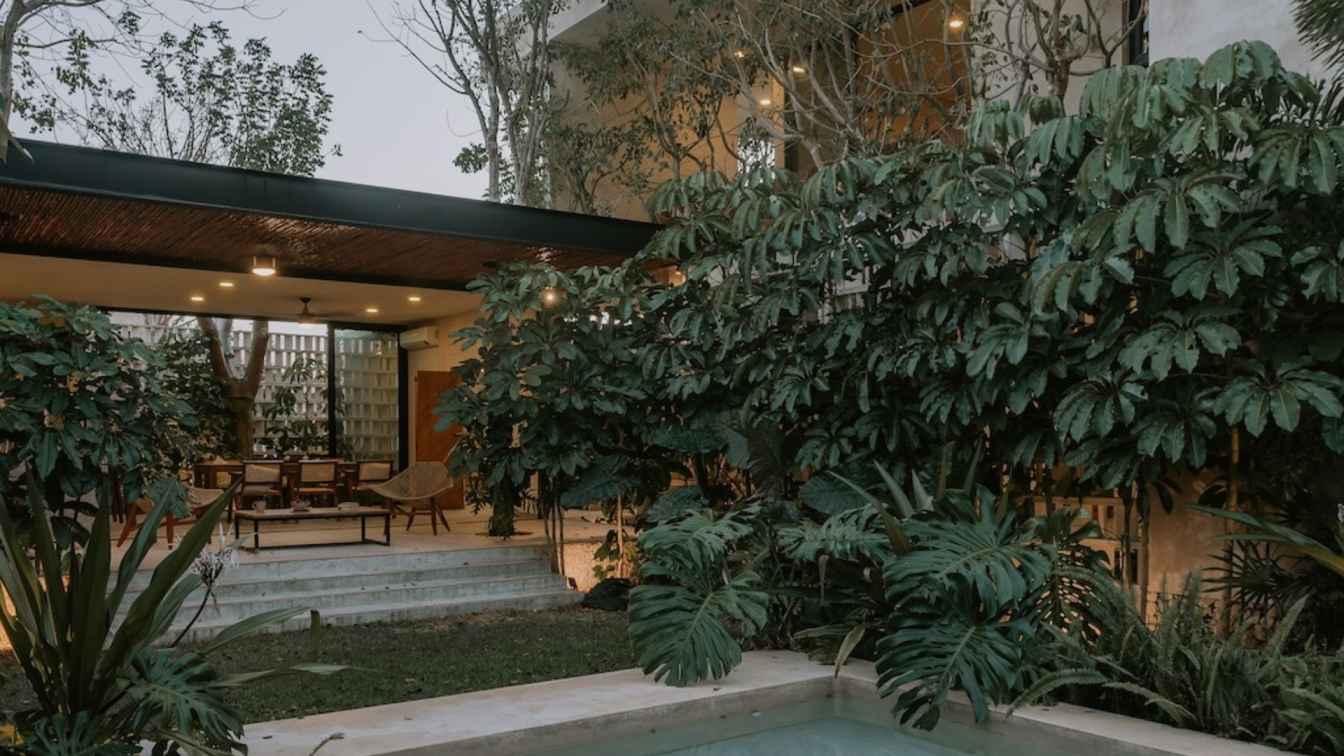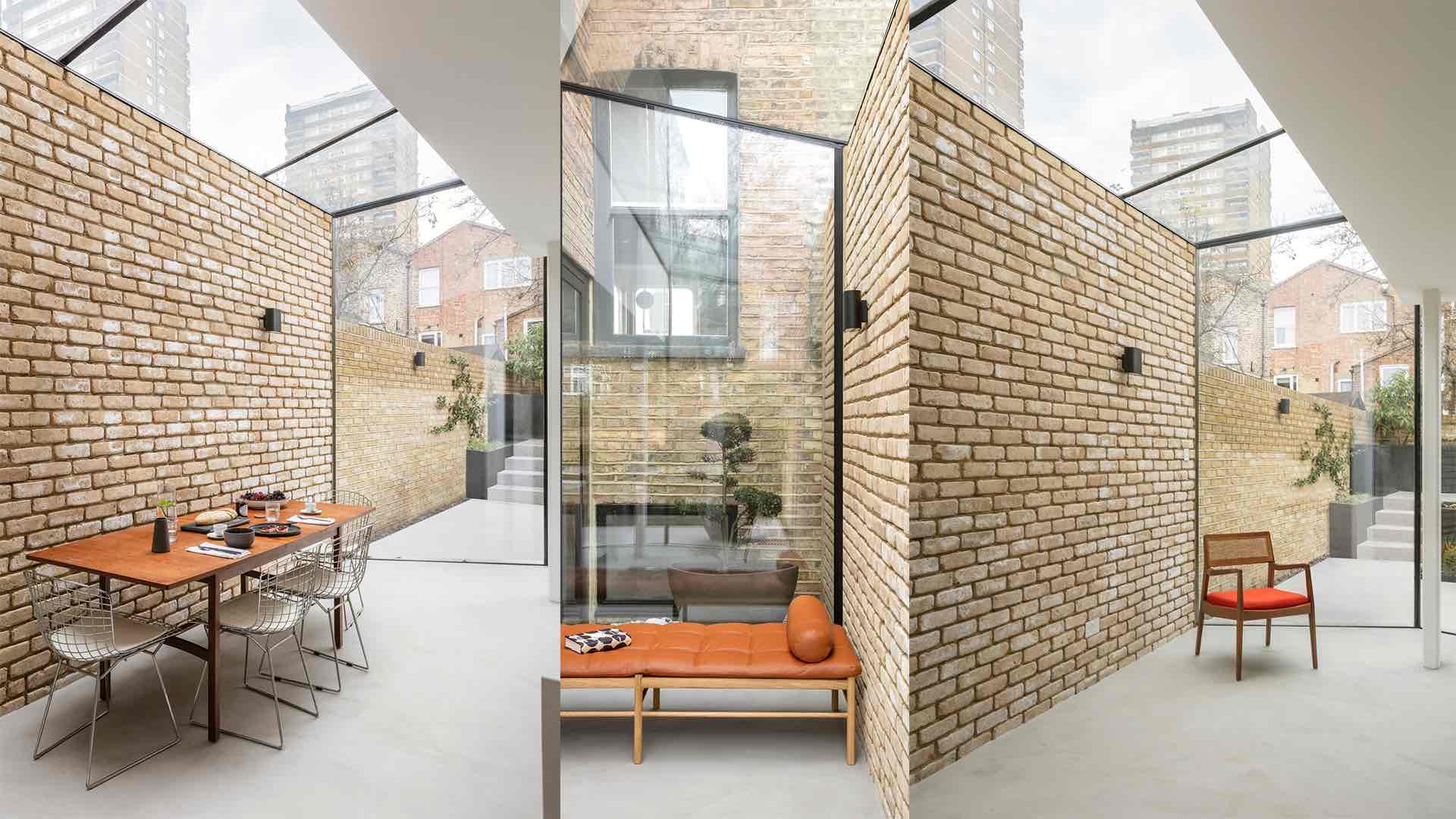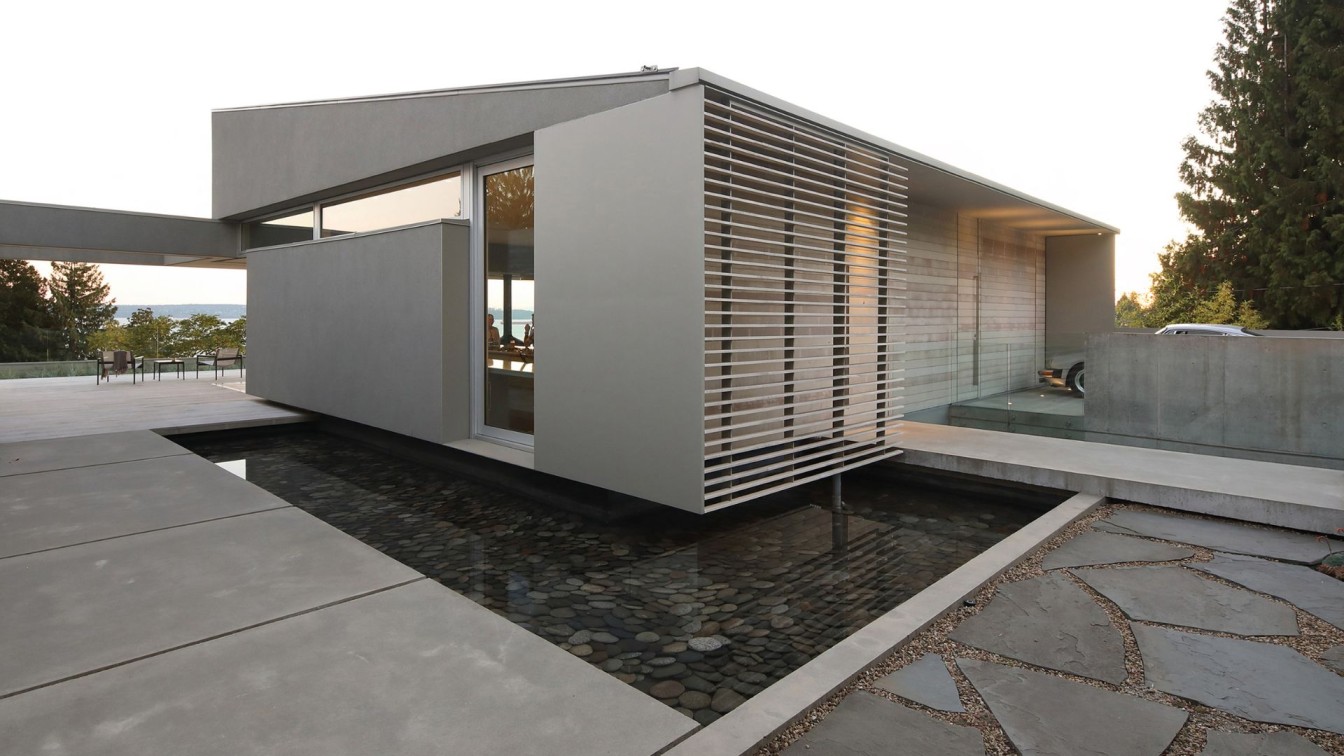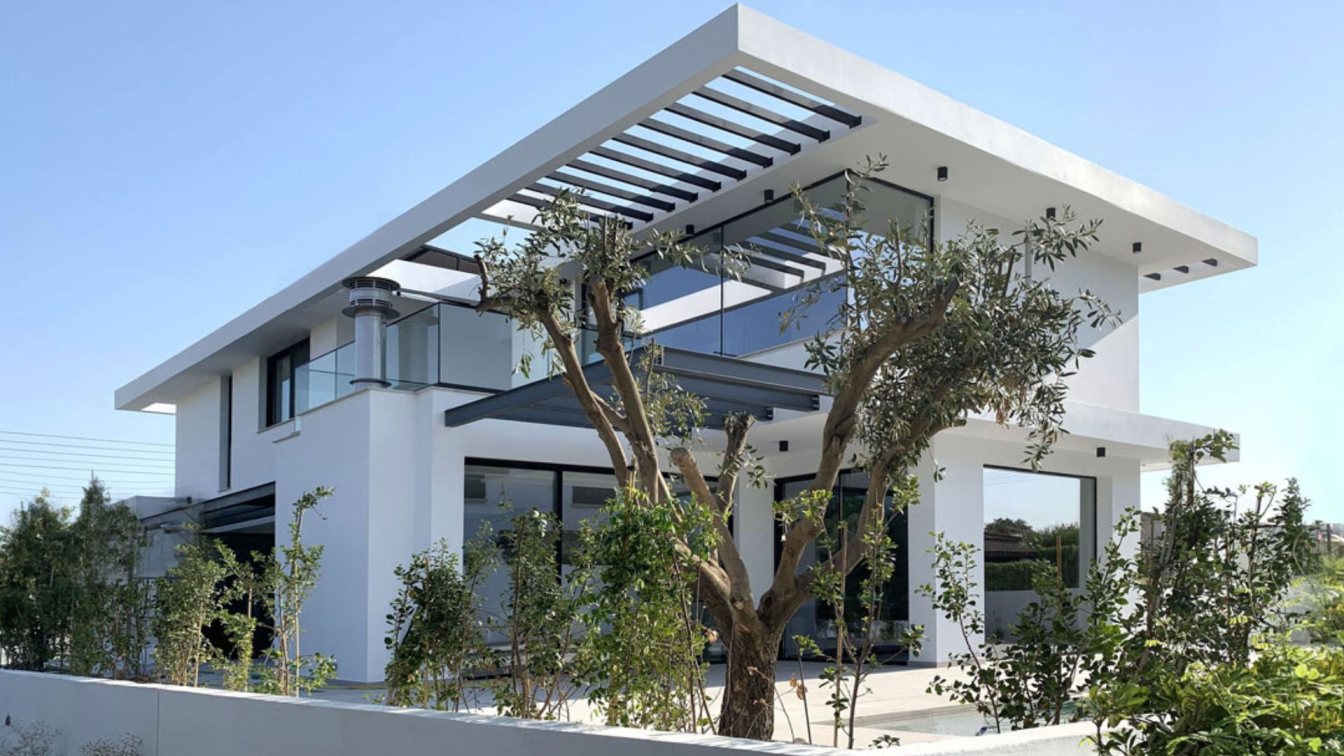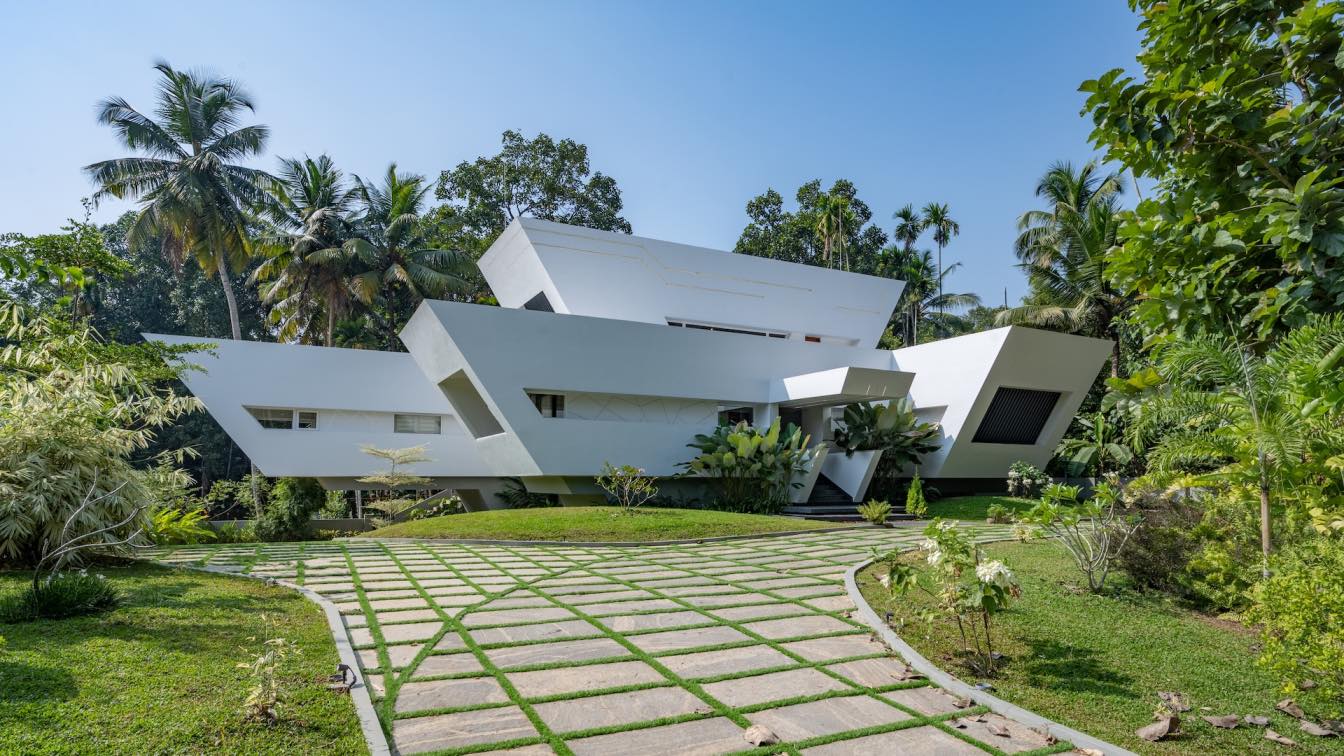TARA Arquitectura: The "Eya" house is located in the city of Mérida, Yucatán, and is the result of a deep analysis and interpretation of the clients' needs and their way of seeing and appreciating life. The main objective of the "Eya" house arises from conceptualizing the project as an entity that preexists on the site, for which the architectural intervention would adapt and honor the context.
Eya is a project that advocates ancestral energy and mother earth. Its simple lines allow the elements of nature to flow freely between all its spaces. Thus, light, wind, vegetation and sounds are part of the architecture, turning the space into a sensory experience with Eya. One of the first objectives when designing "Eya" is to rescue and recover ancestral techniques and materials from the region to use them with artisanal labor, reinterpreting them and adopting them in contemporary architecture.
"Eya" is conceived as a sensory project that exalts nature, using artisanal elements that achieve a human connection between the user and their context. The central garden is the heart of "Eya", conceptualized as an offering to nature designed by means of pilasters with vessels to receive rainwater; These fall through some buñas towards the central garden in order to generate an offering to Mother Nature seeking to reinterpret the cycle of water and life.
The existing vegetation of the site was taken to serve as a means of connection between heaven and earth, for which pilasters were created to raise the offering to heaven and receive what Mother Nature gives us.























